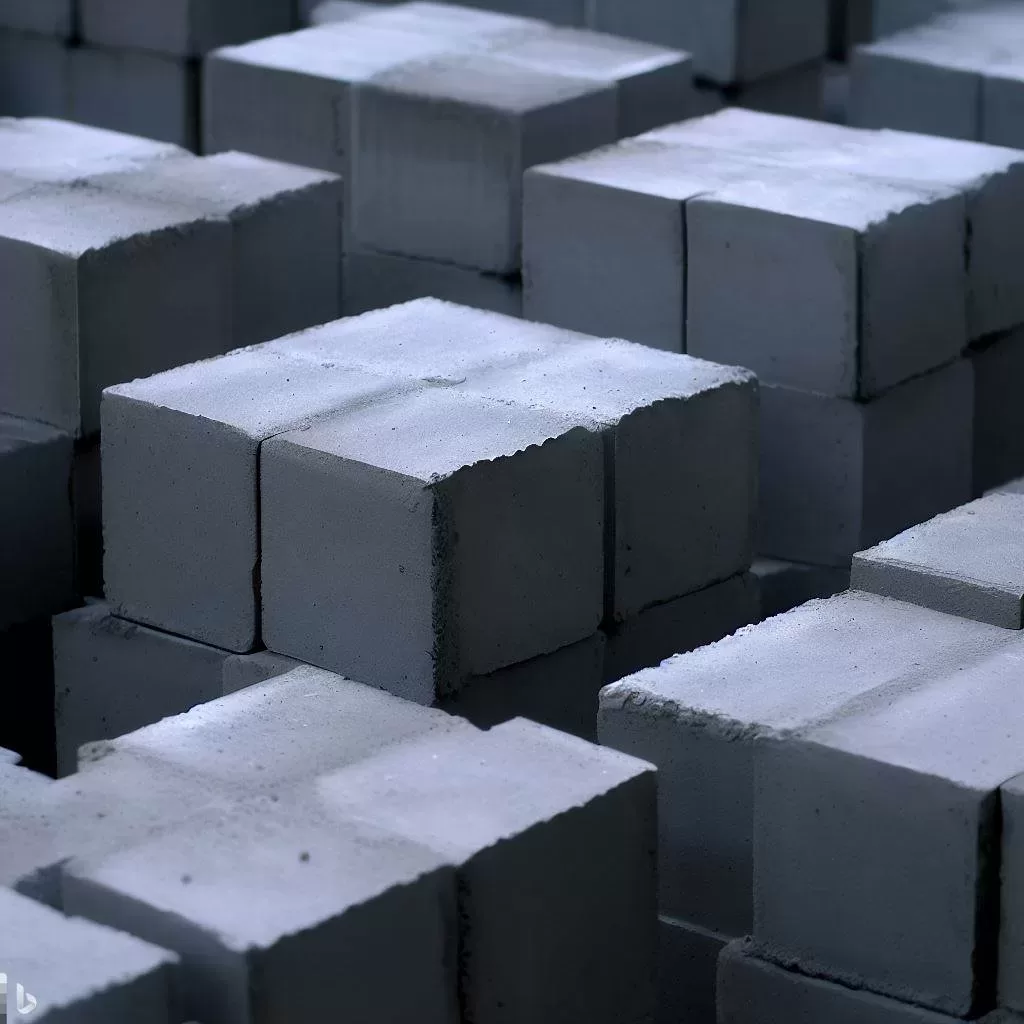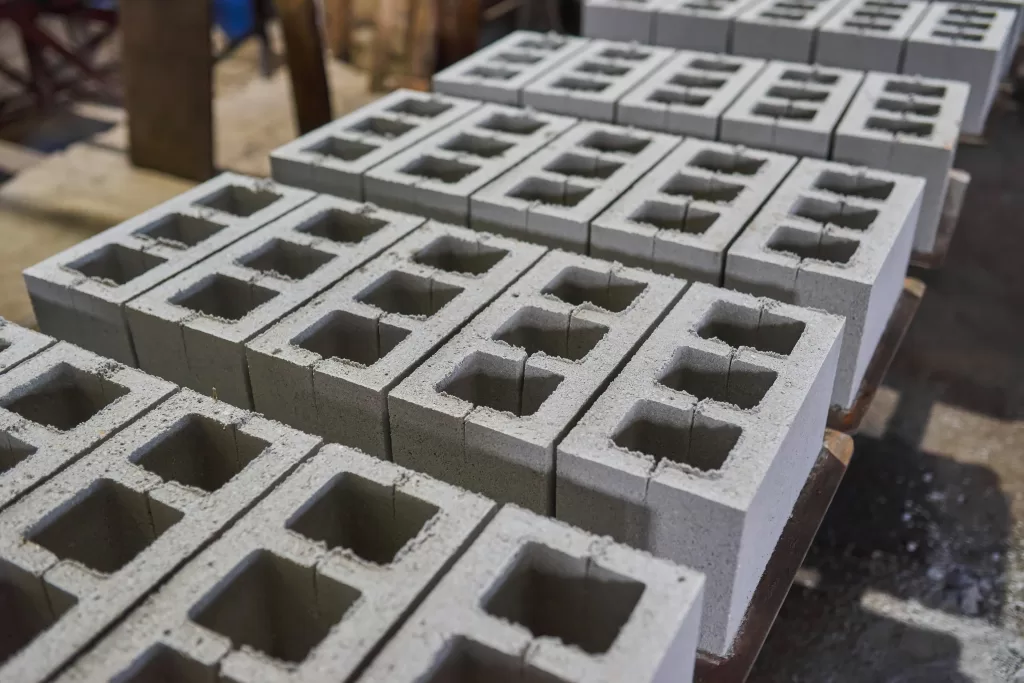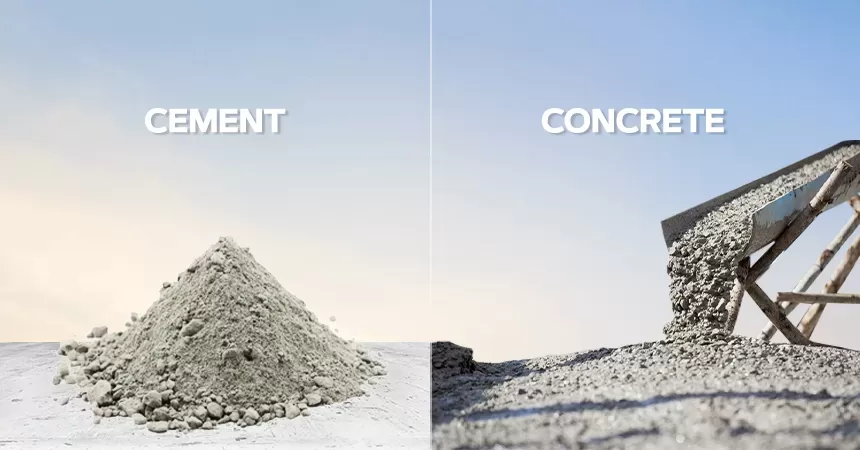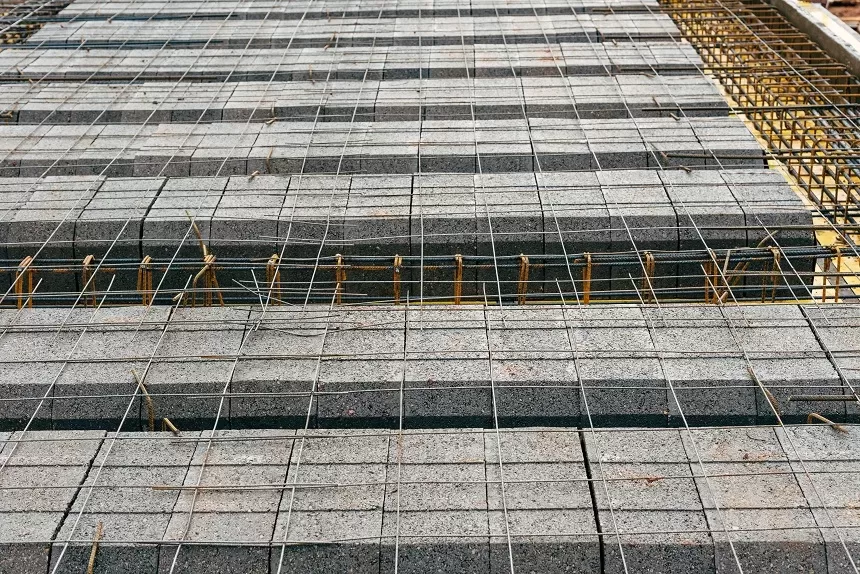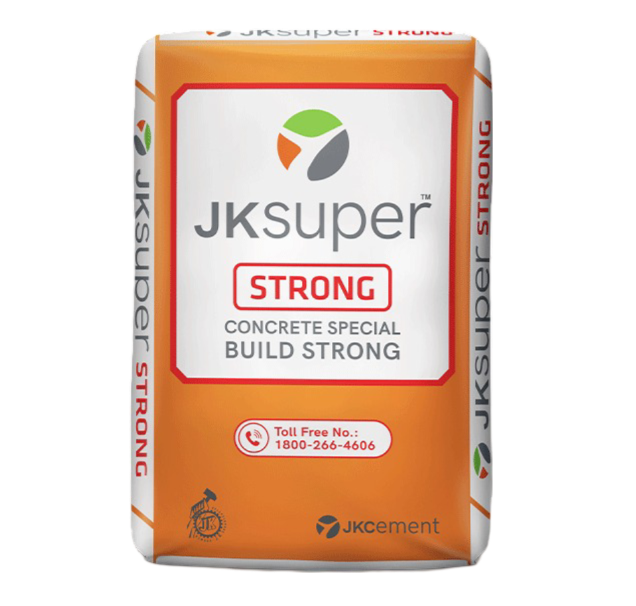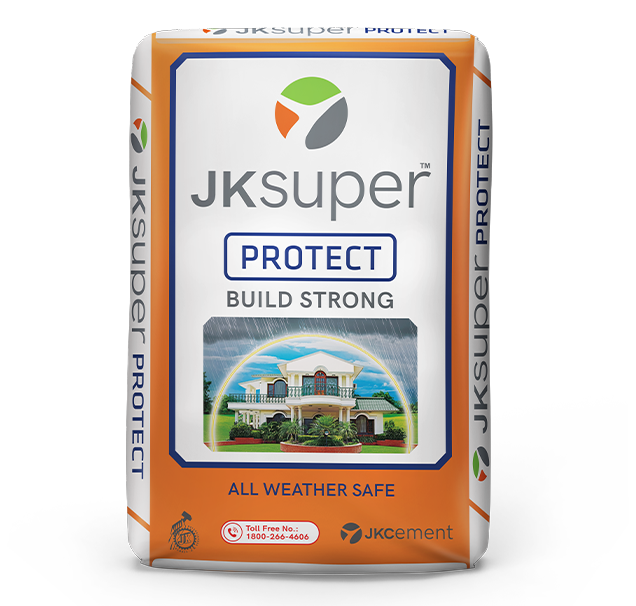Constructing a building requires immense time and resources and once the structure is built, the general expectation is that it lasts for a significant amount of time. Various materials go into constructing a building, one of the most important being concrete. Concrete is what gives the structure longevity. It has an unyielding nature that makes it resistant to rusting, erosion, weathering and other natural phenomena. What’s more, studies have shown that the strength of concrete tends to increase with time. You can find all information about what concrete is, its components, grades and types, etc., below.
Concrete – Definition
Concrete is a mixture of several raw materials such as cement, aggregates (sand, gravel or rocks) and water. Cement is a binding material that gives concrete its hardening properties. When the concrete is freshly mixed, it is malleable and can be moulded into almost any shape. When the concrete hardens, it becomes durable. The durability and strength of concrete coupled with its relatively low cost is the reason why it is the backbone of construction.
How is Concrete Made?
Now that you know the meaning of concrete, let’s break down the process of making concrete:
The ingredients
-
Portland Cement
Portland cement is the most commonly used cement worldwide. Calcareous materials made up of limestone, clay, shale, etc., silica, iron oxide and alumina are crushed and heated together in a kiln to form clinker. Clinker are marble-sized pebbles that are finely ground to form Portland cement.
-
Aggregate
Aggregates can be fine or coarse. They typically comprise natural sand, fine crushed stones or gravel. Natural gravel is sourced from rivers, lake, seabed, etc. Quarry rocks, boulders and cobbles are crushed to form such aggregates. The aggregate’s durability, shape and size, surface texture, abrasion and surface moisture determine the quality of concrete. Aggregates make up 70% to 80% of the concrete.
-
Water
When concrete is mixed with cement, it forms a paste that binds the aggregate. A chemical process called as hydration causes the components in the cement to form chemical bonds with water molecules. This, in turn, produces hydrates or hydration products. Water causes the concrete to harden. Too much water results in weak concrete and too little makes concrete unworkable. Hence, the right ratio of cement and water is critical.
The Process
The process of making concrete is fairly simple, in that, you simply need to mix water, cement and aggregates. However, the most important aspect of concrete is the cement to water ratio. The ratio of water in cement can impact the concrete’s tensile and flexural strengths, the shrinkage and porosity.
After the concrete has been mixed thoroughly, it is placed into moulds to create foundation, slabs, beams, etc. After pouring the concrete, you must allow sufficient time for it to cure. The curing process of concrete involves chemical reactions that give concrete its characteristic strength.
Types of Concrete
Concrete can be of numerous types1 2. Below mentioned are a few:
-
Normal Strength Concrete
Normal strength concrete is a combination of cement, aggregate and water in the 1:2:4 ratio. The ratio of water can be adjusted per the humidity of the location. Structures that don’t require high tensile strength like pavements can be made using normal strength concrete.
-
Reinforced Cement Concrete (RCC)
RCC gets its strength from wires, steel rods and cables placed in the concrete before it sets to enhance its tensile strength. It is used in structures required to carry heavy load such as tall buildings, bridges, dams, etc.
-
Ferro Concrete
Ferro concrete is a type of reinforce concrete where chicken wire mesh is used as reinforcement. It is used to make concrete pipes, manhole covers, slabs, etc.
-
Plain Concrete
Plain concrete will have no reinforcements to increase its tensile strength. This is used to form grade slabs, concrete blocks, verandas, etc.
-
Prestressed Concrete
Bars and tendons are stressed to improve the load capacity and deflection resistance of the concrete. Prestressed concrete is used in high rise buildings, retaining walls, bridge decks, etc.
-
Precast Concrete
Precast concrete structures are made and transported to site where they are assembled for use. They typically comprise reinforcements.
-
Lightweight Concrete
Lightweight concrete is a kind of concrete that helps reduce the weight of the structure. Long-spanning bridge decks and building blocks use lightweight concrete.
-
High-Density Concrete
High-density concrete is made using heavy-weight aggregates. Such type of concrete is used in constructing atomic power plants and similar structures to help resist radiations.
-
Polymer Concrete
In polymer concrete, cement is replaced by polymer to bind the aggregates. This helps reduce pores in the concrete.
-
Limecrete
Limecrete concrete uses lime instead of cement to bind lightweight aggregates like sharp sand or glass fibre. Its application can be seen in floors, domes, vaults, etc.
Grades of Concrete
Grade of concrete is the compressive strength the concrete must possess after 28 days of setting. The grades of concrete3 are as follows:
| Group | Grade Designation | Specified Characteristic Compressive Strength of 150 mm Cube at 28 Days |
| Ordinary Concrete | M10 | 10 N/mm2 |
| M15 | 15 N/mm2 | |
| M20 | 20 N/mm2 | |
| Standard Concrete | M25 | 25 N/mm2 |
| M30 | 30 N/mm2 | |
| M35 | 35 N/mm2 | |
| M40 | 40 N/mm2 | |
| M45 | 45 N/mm2 | |
| M50 | 50 N/mm2 | |
| M55 | 55 N/mm2 | |
| High Strength Concrete | M60 | 60 N/mm2 |
| M65 | 65 N/mm2 | |
| M70 | 70 N/mm2 | |
| M75 | 75 N/mm2 | |
| M80 | 80 N/mm2 |
Benefits of Concrete
The following are reasons why concrete remains a popular construction material:
- It is cost-effective due to its low maintenance.
- It offers long-lasting strength and durability to the building.
- It can be moulded into almost any shape.
- It uses recycled waste products.
- It is easy to cure.
- It consumes low energy.
- It is resistant to temperature changes, corrosion, moisture, etc.
Provide strength and durability to your concrete structures with our range of JK Cement.
FAQs
What does concrete workability mean?
Concrete workability is a term that describes how easily you can place freshly mixed concrete without losing too much of its homogeneity. The cement to water ratio, aggregate size and shape and any admixtures can impact the concrete’s workability.
What is the compressive strength of concrete?
The compressive strength of concrete is its ability to withstand load on its surface without cracking or deflecting.
What is curing of concrete?
Curing is the process where you allow the concrete’s hydration to develop its hardening properties by maintaining the temperature and moisture in the concrete. Curing facilitates durable, crack-free and shrinkage-free concrete structures.
For how long should I cure concrete?
Note that depending on the ratio of ingredients in the mix and the ambient conditions it is exposed to, concrete can cure at different rates. You must allow the concrete to cure naturally as the ongoing chemical reactions cure the concrete and give it strength and durability.
*Disclaimer: The information provided above is for general purpose and should not be used as a substitute for professional advice.

